
Privacy statement: Your privacy is very important to Us. Our company promises not to disclose your personal information to any external company with out your explicit permission.
With the rapid and intelligent development of the society, the traditional important place of the substation is also developing towards the intelligent direction. What is the difference between the smart power station and the traditional power station, and where is the advantage? Let's take a look at what the article says!
Electricity is one of the essential energy sources in people's lives. We use mobile phones, TVs, computers, electric vehicles, etc., all of which need to be charged or plugged in. People are familiar with the generation of electricity, such as hydropower, thermal power, wind power, solar power. Nuclear power plants, etc. Although power plants are available in various forms, in order to ensure that end users can use reliable power supplies, they need to transmit electricity over long distances efficiently. We all know that the 220V AC is used in the home, 220V belongs to the low voltage category, and the long distance transmission of electricity requires high voltage and small current to reduce the energy loss in transmission. Therefore, it is inevitable that there is a place to switch between high voltage and low voltage. This is what we call a substation.
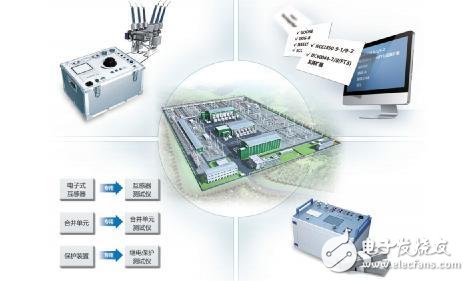
The function and function of the substation is to convert the high-voltage power and the low-voltage power to each other, which is convenient for long-distance transmission of electricity, and secondly to protect people's daily power consumption. In order to ensure the normal operation of the substation safely and reliably, the substation has a complete set of management monitoring system. We say that the main difference between traditional substation and intelligent substation is this set of management monitoring system. Let's take a look at the structure diagram of a traditional power station:
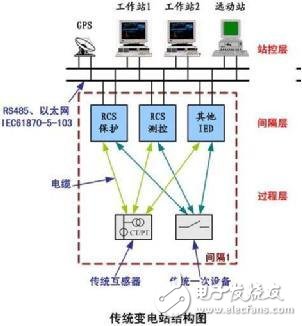
It can be seen from the figure that the process layer and the bay level of the traditional power station are connected by point-to-point. For example, if the transformer needs to communicate with the RCS protection device, it needs to be wired from the transformer to the RCS protection device. If the transformer needs to communicate with the RCS measurement and control equipment, it needs to be wired from the transformer to the RCS measurement and control equipment. In other words, if a device wants to communicate with any device, it needs to be connected separately between the two devices. It can be imagined that each additional device needs to be pulled, which is very troublesome. Let's take a look at the smart power station.

Compared with the traditional station, the main difference of the intelligent station is that the process layer and the bay layer are no longer connected in a point-to-point manner, but in the form of fiber and Ethernet. The advantage of using a bus connection is that the wiring is convenient. If you add equipment, you only need to hang the device on the bus, and you don't need to pull a lot of wires again. However, when using bus transmission, it is necessary to define and classify the transmission protocol, device ID, function, and function, and implement the communication protocol standard. At present, the communication protocols commonly used in smart power stations are IEC61850-9-1/9-2 and IEC60044-7/8 (FT3). The standards used in transmission include SV, GOOSE, IRIG-B, IEE1588, SCL, etc. The physical composition of common smart stations is shown below:
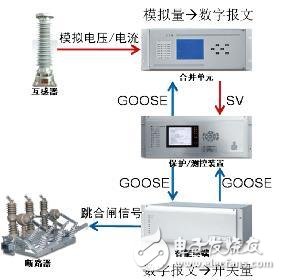
The communication line of the intelligent station is mainly realized by optical fiber, and the communication method is to run the communication protocol in the form of bus. Therefore, in the construction and maintenance of the intelligent station, it is impossible to use the conventional electric multimeter and other devices for detection, and it is necessary to have the detection and maintenance dedicated to the intelligent station. instrument. This requires a smart substation optical digital tester, commonly known as the "light multimeter." Zhiyuan Electronics has built the DT6000 series intelligent substation optical digital tester for the smart grid. The application of DT6000 is shown in the figure below.
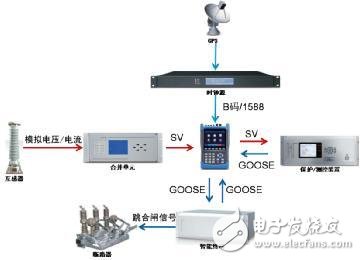
The DT6000 series intelligent optical digital tester is developed based on the IEC61850 standard and supports IEC60044-7/8, IEC61850-9-1/9-2, GOOSE, IEEE1588, and IRIG-B full-scale analysis; it integrates multiple functions and functions, and is easy to complete. Interval layer, process layer protection measurement and control device, merging unit, transformer and optical power test; with advanced functions such as zero sequence protection, distance protection, differential protection, synchronizing device special test and network stress test. DT6000 series products are widely used in handheld test instruments for intelligent substations with voltage levels of 110kV and above. They can be used to protect fast test of monitoring and control devices, intelligent terminals, merging units, transformers and other equipment.
October 28, 2024
September 11, 2024
October 27, 2022
September 20, 2022
July 29, 2024
July 29, 2024
이 업체에게 이메일로 보내기
October 28, 2024
September 11, 2024
October 27, 2022
September 20, 2022
July 29, 2024
July 29, 2024
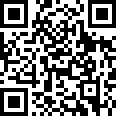
Ms. LISA CHEN
전화 번호:
+86-0755-28346529
Fax:
E-mail:
모바일 사이트


Privacy statement: Your privacy is very important to Us. Our company promises not to disclose your personal information to any external company with out your explicit permission.

Fill in more information so that we can get in touch with you faster
Privacy statement: Your privacy is very important to Us. Our company promises not to disclose your personal information to any external company with out your explicit permission.